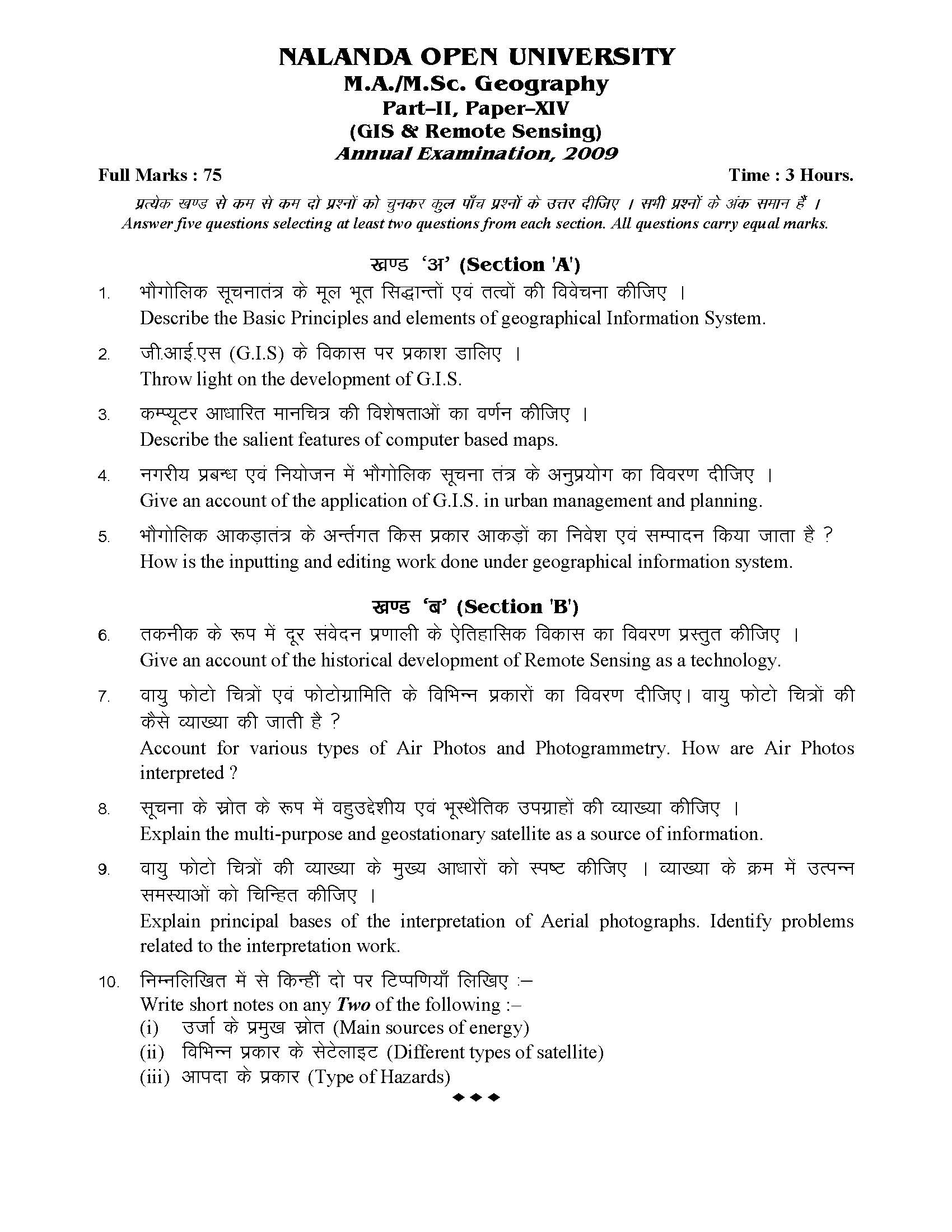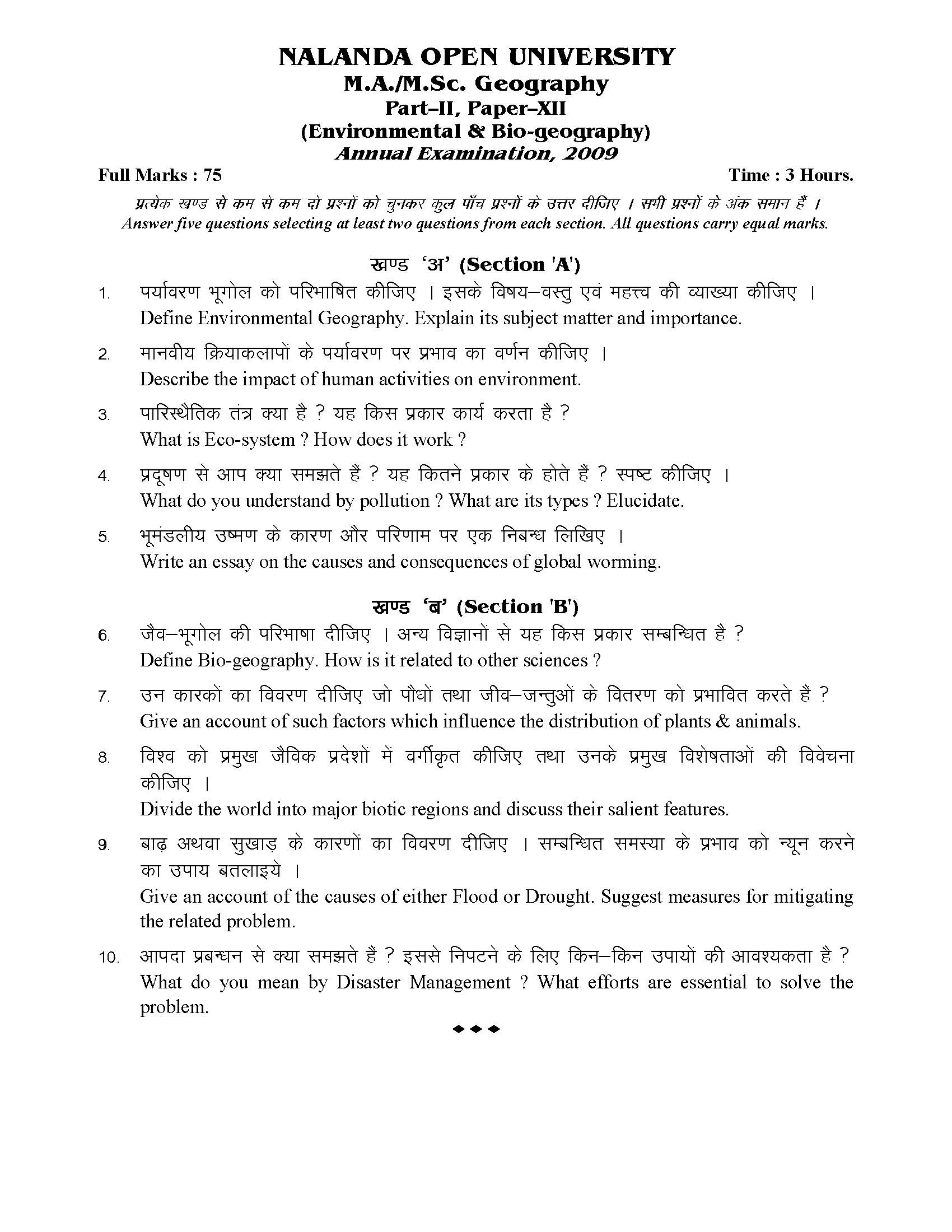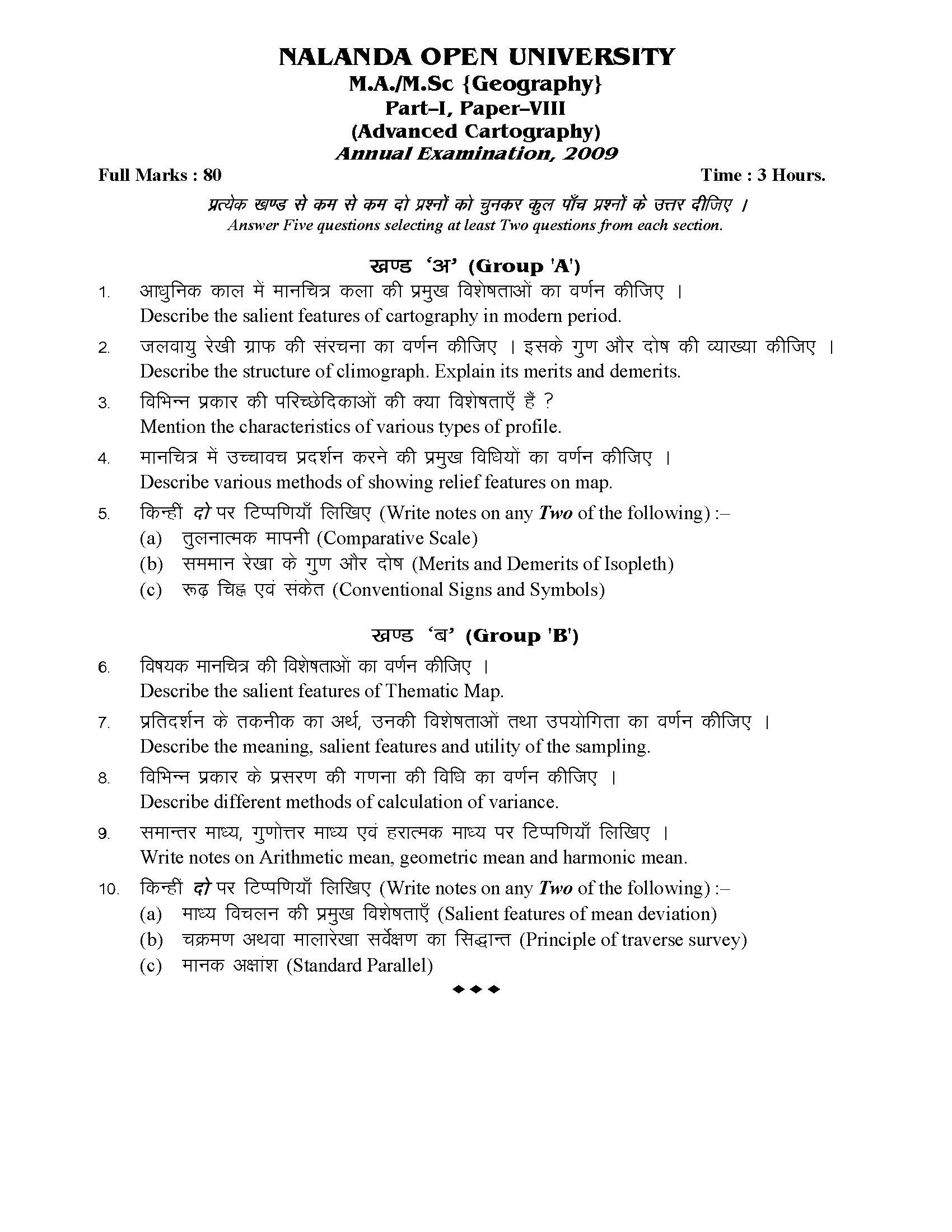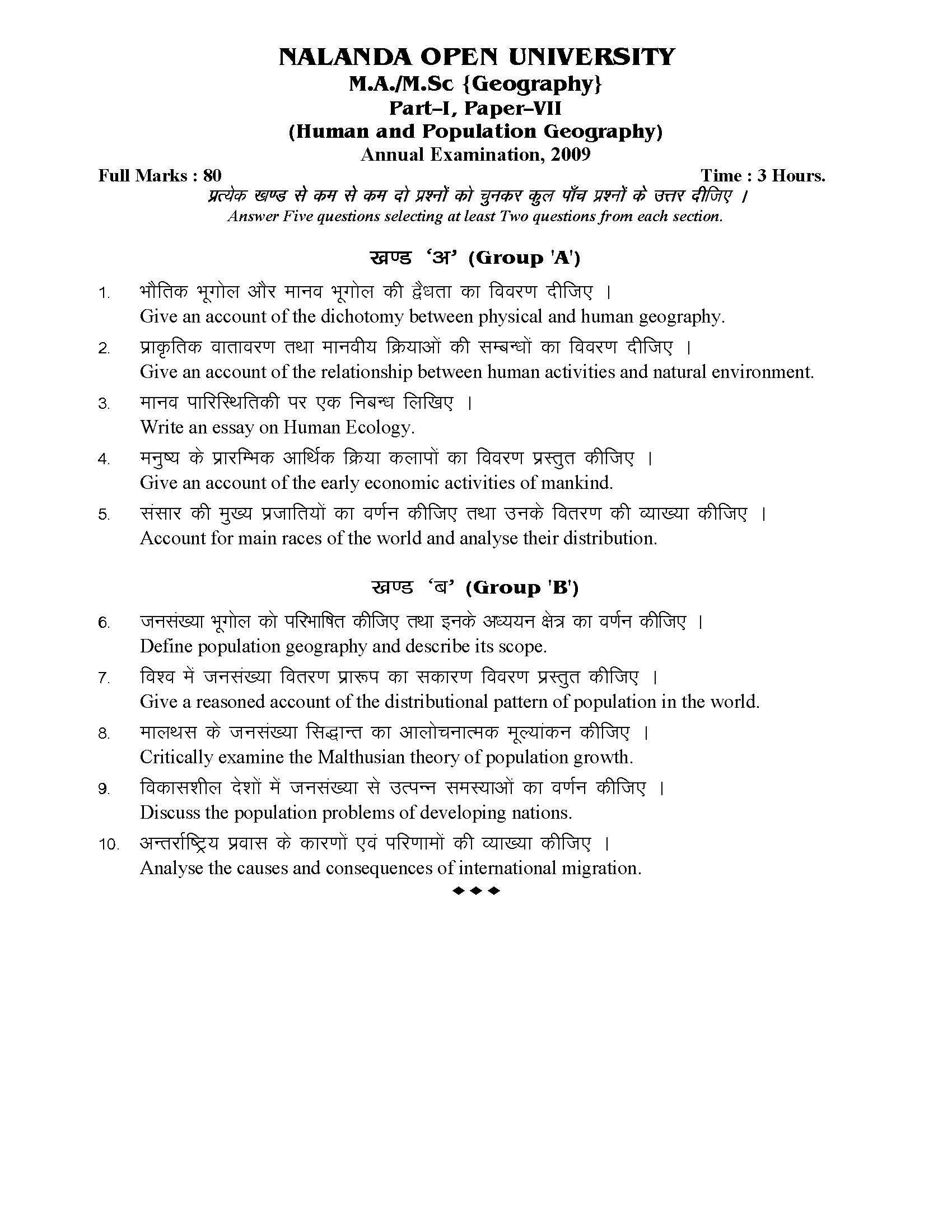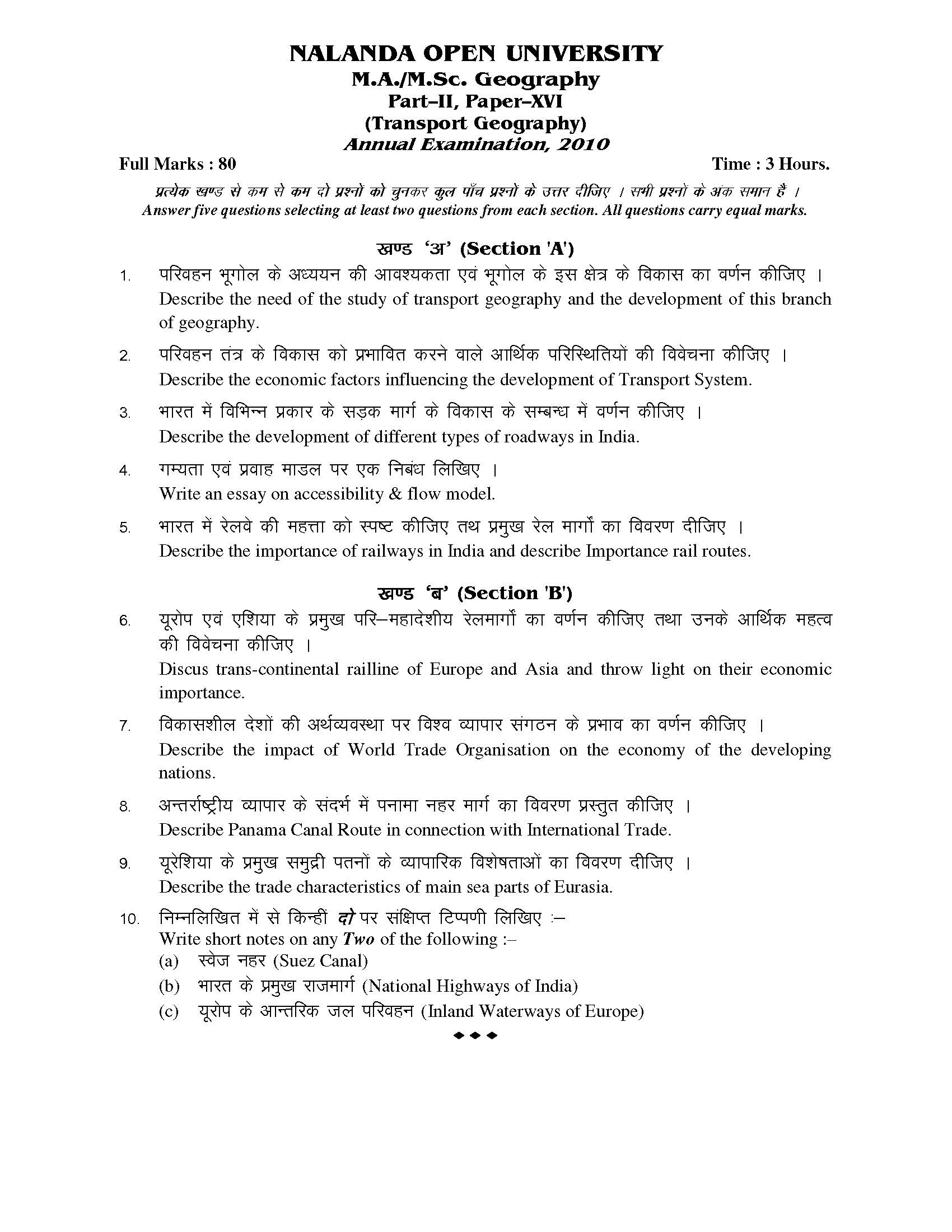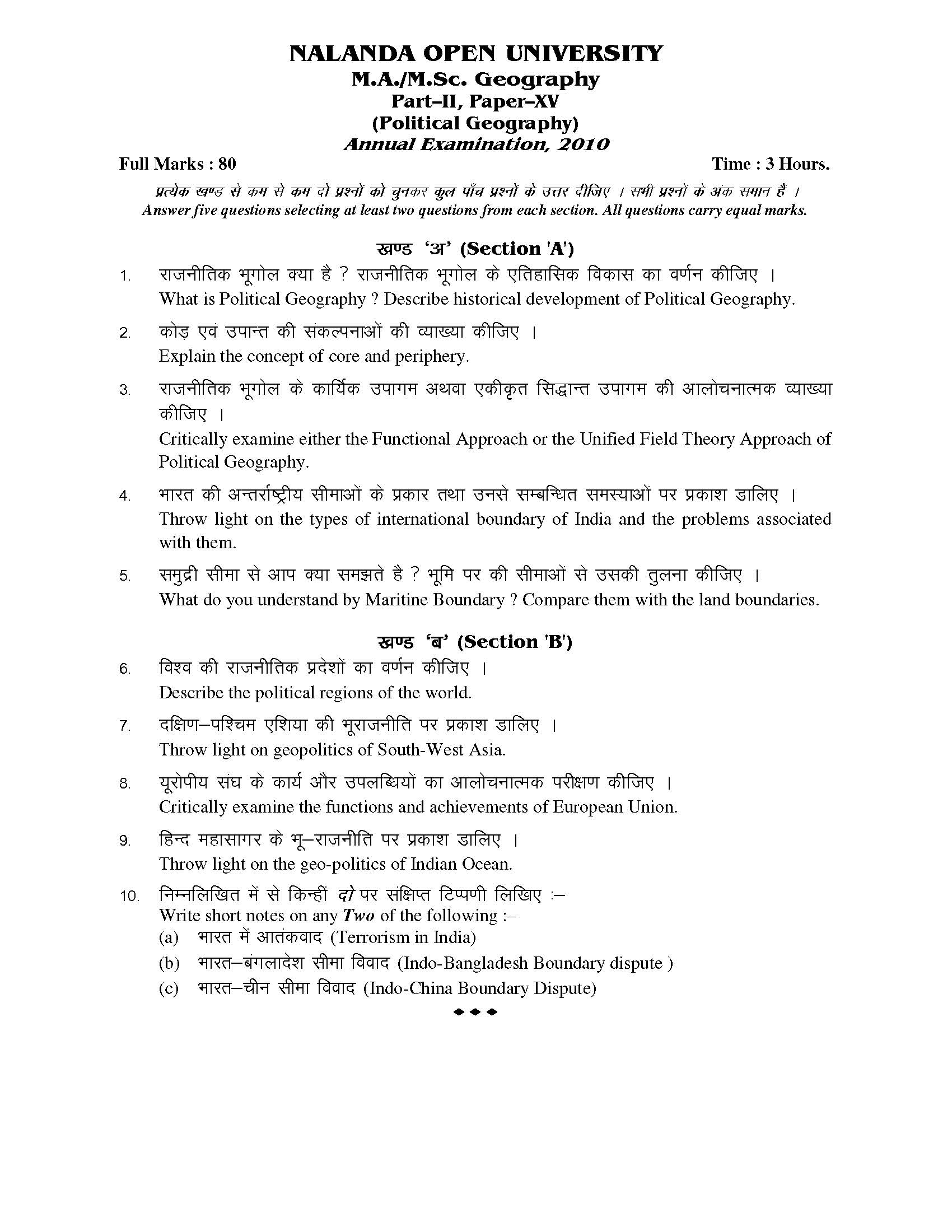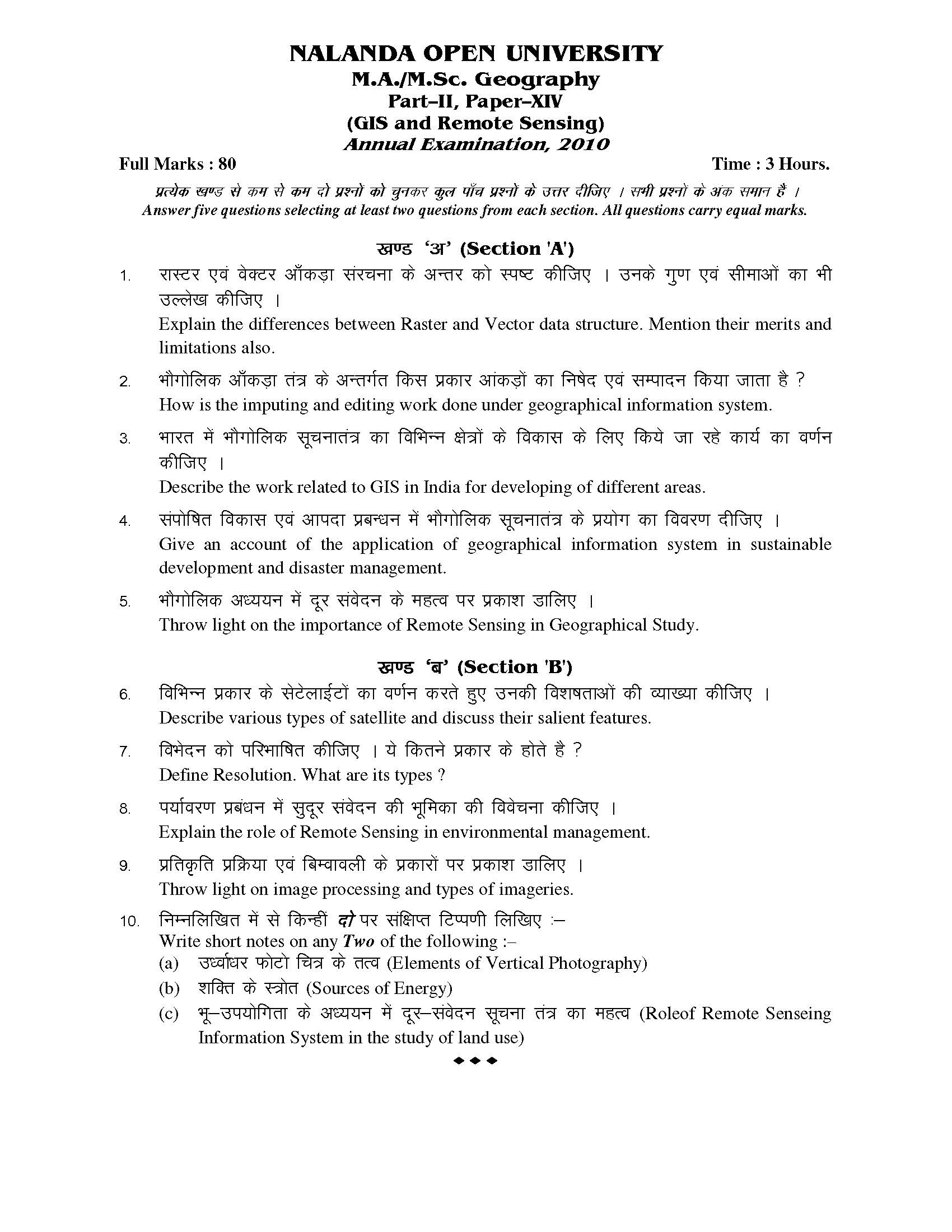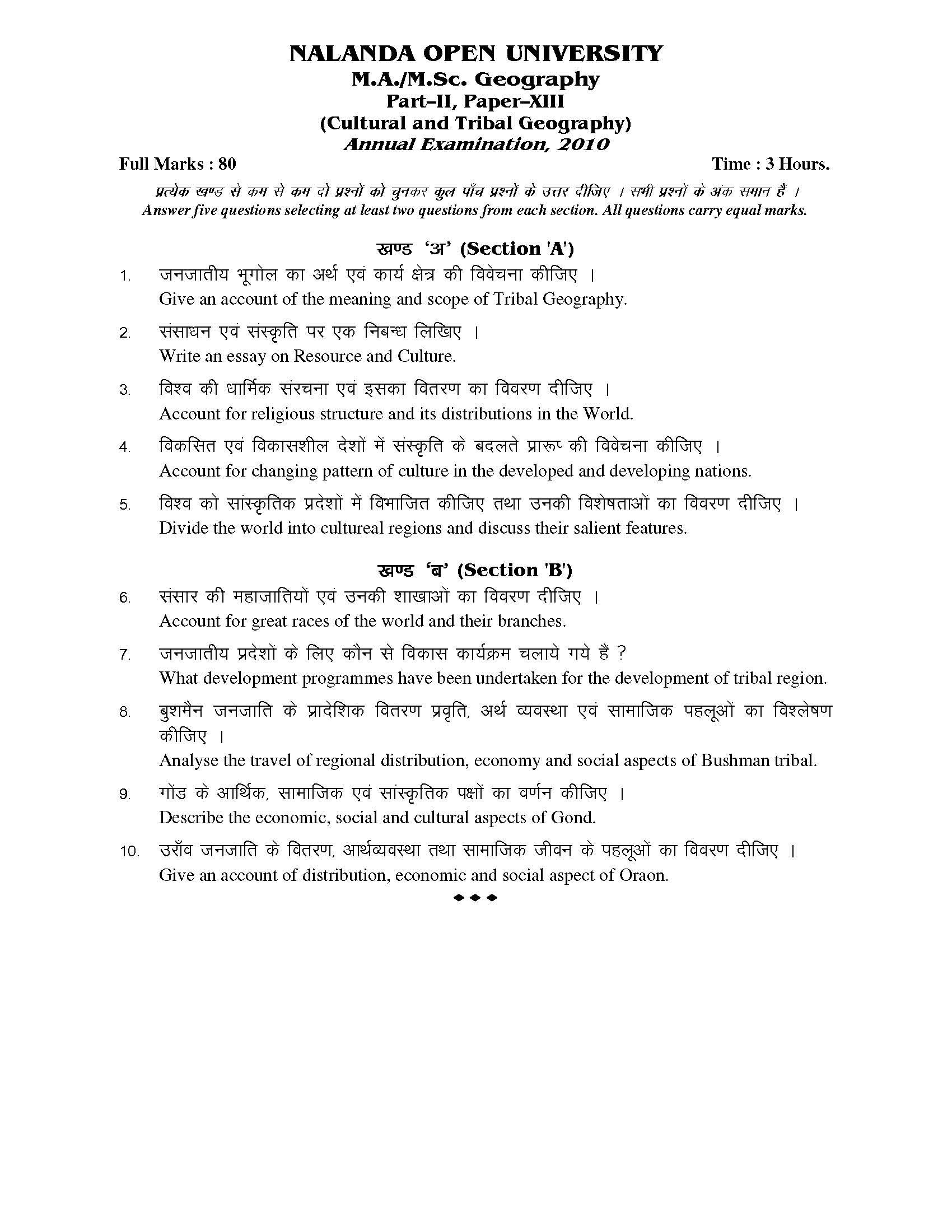LOYOLA COLLEGE (AUTONOMOUS), CHENNAI – 600 034
M.Sc. DEGREE EXAMINATION – STATISTICS
|
THIRD SEMESTER – April 2009
ST 3808 – MULTIVARIATE ANALYSIS
Date & Time: 16/04/2009 / 1:00 – 4:00 Dept. No. Max. : 100 Marks
PART – A
Answer all the questions. (10 X 2 = 20)
- Give an example in the bivariate situation that the marginal distributions are normal but the bivariate distribution is not.
- Let X, Y and Z have trivariate normal distribution with null mean vector and covariance matrix
2 3 4
3 2 -1
4 -1 1 ,
find the distribution of Y+X.
- Mention any two properties of multivariate normal distribution.
- Explain the use of partial and multiple correlation coefficients.
- Define Hotelling’s T2 – statistics. How is it related to Mahlanobis’ D2?
- Outline the use of discriminant analysis.
- What are canonical correlation coefficients and canonical variables?
- Write down any four similarity measures used in cluster analysis.
- Write the c.f. of X where
X~N2 { , }.
10.Write a short note on data mining.
PART B
Answer any FIVE questions. (5 X 8 = 40)
- Obtain the maximum likelihood estimator S of p-variate normal distribution with
mean vector known.
- Let X1, X2,…, X n be independent N( 0 , 1 ) random variables. Show that X’ A X
is chi-square if A is idempotent, where X= ( X1,X2,…,X n )’.
- 13. How will you test the equality of covariance matrices of two multivariate normal
distributions on the basis of independent samples drawn from two populations?.
- Let (Xi, Yi)’ , i = 1, 2, 3 be independently distributed each according to bivariate
normal with mean vector and covariance matrix as given below. Find the joint
distribution of six variables. Also find the joint distribution of and .
Mean vector: (m, t)’, covariance matrix:
- Outline single linkage and complete linkage clustering procedures with an
example.
- Giving suitable examples explain how factor scores are used in data analysis.
- Consider a multivariate normal distribution of X with
m = , S = .
Find i ) the conditional distribution of ( X1, X3 ) / ( X2, X4 )
- ii) s42
- a) Define i ) Common factor ii) Communality iii) Total variation
b)Explain classification problem into two classes and testing problem.
PART C
Answer any two questions. (2 X 20 = 40)
- a) Derive the distribution function of the generalized T2 – statistic.
- b) Test at level 0.05 ,whether µ = ( 0 0 )’ in a bivariate normal population with
σ11 = σ22= 10 and σ12= -4 , by using the sample mean vector= (7 -3)‘ based
on a sample size 20. (15 + 5)
- a) What are principal components?. Outline the procedure to extract principal
components from a given covariance matrix.
- b) Define partial correlation between Xi and Xj .Also prove that
______ ______
r12.3= ( r12-r13r23)/ {Ö(1-r223) Ö(1-r213)}. ( 12+8)
21.a) Consider the two data sets
X1= and X2 =
for which .
1) Calculate the linear discriminant function.
2) Classify the observation x0‘= ( 2 7 ) as population π1 or population π2 using
the decision rule with equal priors and equal costs.
- b) Explain how the collinearity problem can be solved in the multiple regression.
( 14+6)
22.a) Explain the method of extracting canonical correlations and their variables
from a dispersion matrix.
- b) Prove that under some assumptions (to be stated), variance and covariance can
be written as S = LL’ + y in the factor analysis model. Also discuss the effect
of an orthogonal transformation. (8 + 12)





